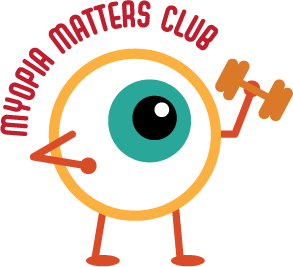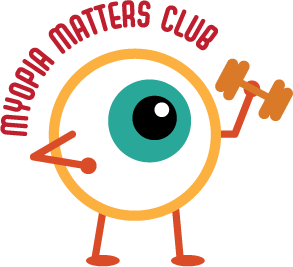Myopia Management For Pittsburgh Families
The Myopia Matters Club At Dittman Eyecare
The Myopia Matters Club
At Dittman Eyecare
The Myopia Matters Club
At Dittman Eyecare

MYOPIA CONTROL IN PITTSBURGH & BEYOND | A SAFE, NON-INVASIVE WAY TO SLOW DOWN OR STOP MYOPIA PROGRESSION.
MYOPIA CONTROL IS A SAFE, NON-INVASIVE WAY TO SLOW DOWN OR STOP MYOPIA PROGRESSION.
The most common of all refractive errors, myopia puts more people behind glasses than any other singular cause. Myopia typically develops during childhood.
The Myopia Matters Club offers a free online tool to help parents assess Myopia risk among their children
INTRODUCING MYOPIA CONTROL, A NON-INVASIVE WAY TO POSITIVELY INFLUENCE MYOPIA IN CHILDREN & TEENS
A CLINICALLY PROVEN PROGRAM TO SLOW DOWN OR STOP MYOPIA
Controlling Myopia Progression
Up until recently, myopia corrections such as corrective lenses or laser vision only focused on treating the symptom of blurriness at distance. Today using myopia control there are actually options that can help slow the actual progression of the disease of myopia instead of just correcting the symptom. If you have concerns regarding your child’s myopia progression, know that we can work together to create an individualized treatment with the potential to positively influence their prescription.
MYOPIA HAS A PHYSICAL CAUSE
Myopia or nearsightedness occurs when the eyeball becomes longer. This causes light rays passing through the lens focus in front of the retina as opposed to directly on top of it. This creates the symptom of images at distance becoming blurry or unclear, causing what we commonly refer to as nearsightedness.
Since myopia affects your child’s ability to see at a distance, causing blurry vision, you may have noticed symptoms such as:
- Sitting close to the TV or in front of the classroom
- Lacking interest in sports or activities that require good distance vision
- Squinting and frowning
- Frequent headaches
- Holding books or objects closer to their face to see better
Rubbing eyes
Excessive watering of the eye
Our Options in Myopia Control In The Myopia Matters Club
Higher levels of myopia significantly increase your child’s risks for serious eye diseases, like retinal disease and glaucoma. Early intervention is key to slow or even stop the progression of myopia in your child.
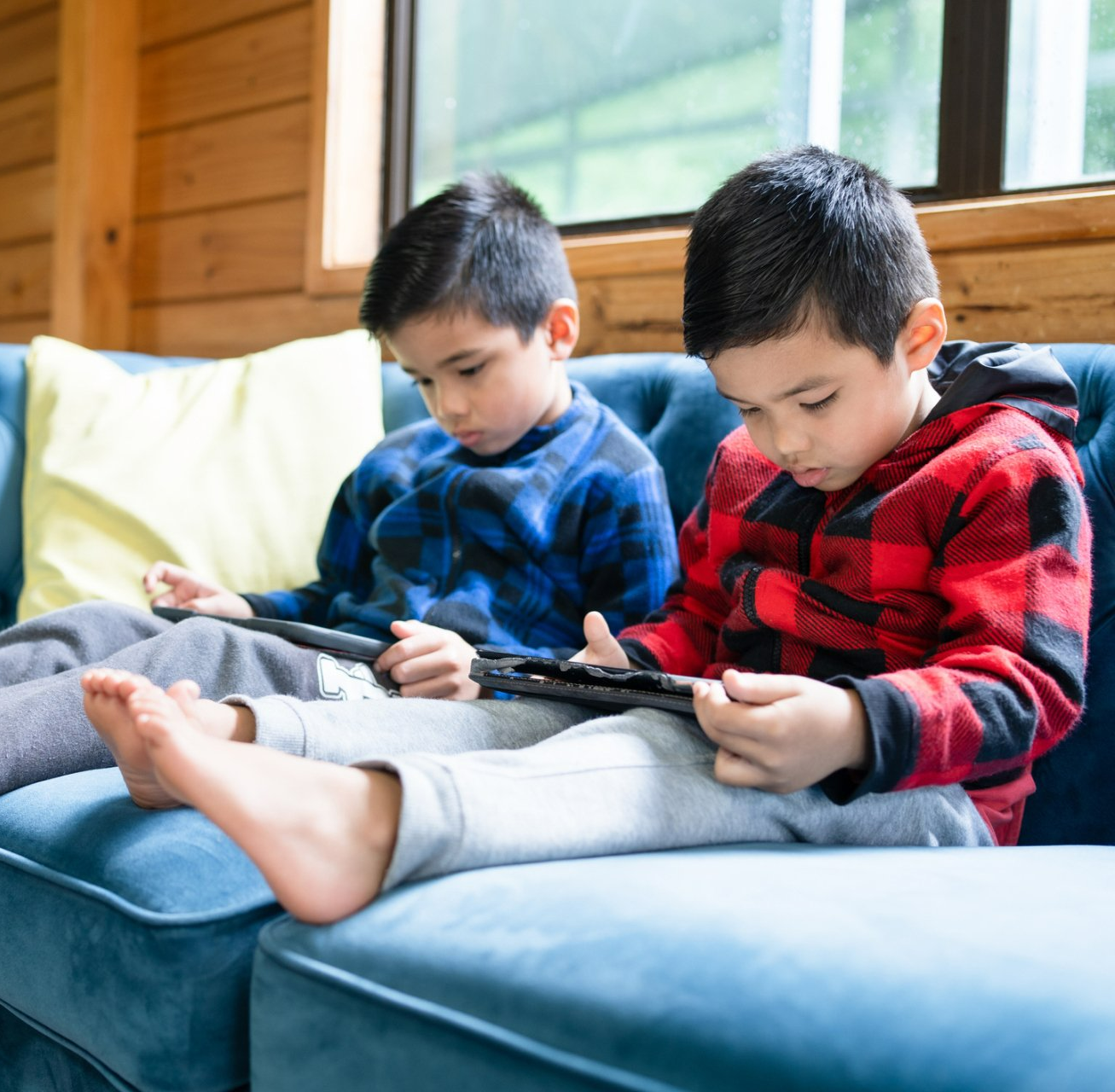
LIFESTYLE CHANGES
One of the first areas we assess and address is in habits linked with myopia. This includes how much time is spent outside, technology/screen time, posture, reading habits, and nutritional considerations.
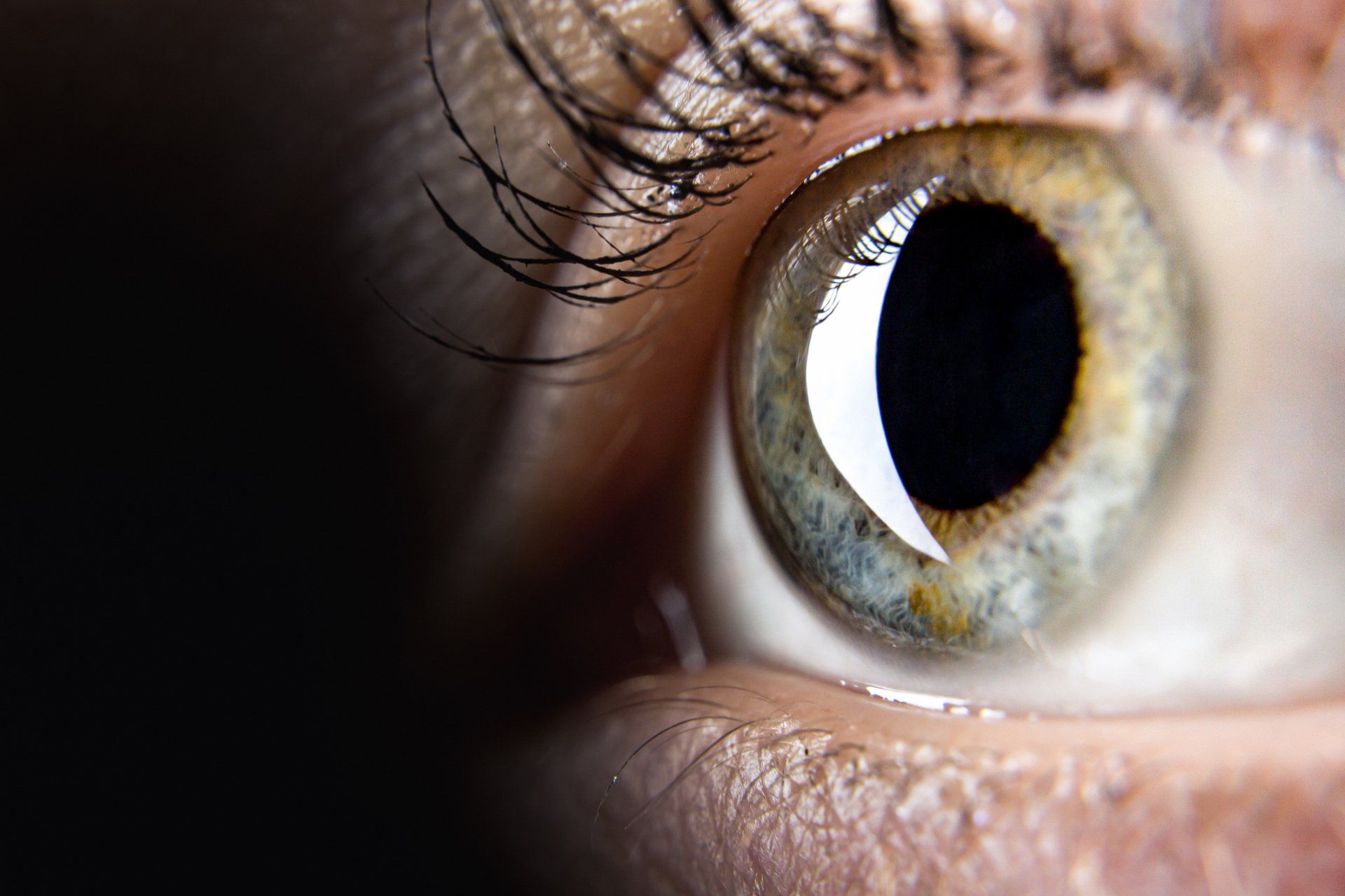
CORNEAL RESHAPING THERAPY (CRT) AKA ORTHOKERATOLOGY (ORTHO-K)
Precision-made rigid gas permeable contact lenses are worn overnight while your child sleeps. Working gently over the period of eight hours, the CRT lenses reshape the cornea to correct nearsightedness. In the morning, the contact lenses are put into a storage solution, and the child is free to enjoy the day without glasses! Of all methods available for myopia control, CRT is among the most effective. Several studies have shown anywhere from a 55% to 100% reduction in eye elongation.
When worn and cared for correctly, corneal reshaping therapy is regarded as one of the most effective non-pharmacological measures to slow the progression of myopia in children and, with regular follow-ups to ensure safety, continues to be one of the most effective treatments for myopia management around the world.
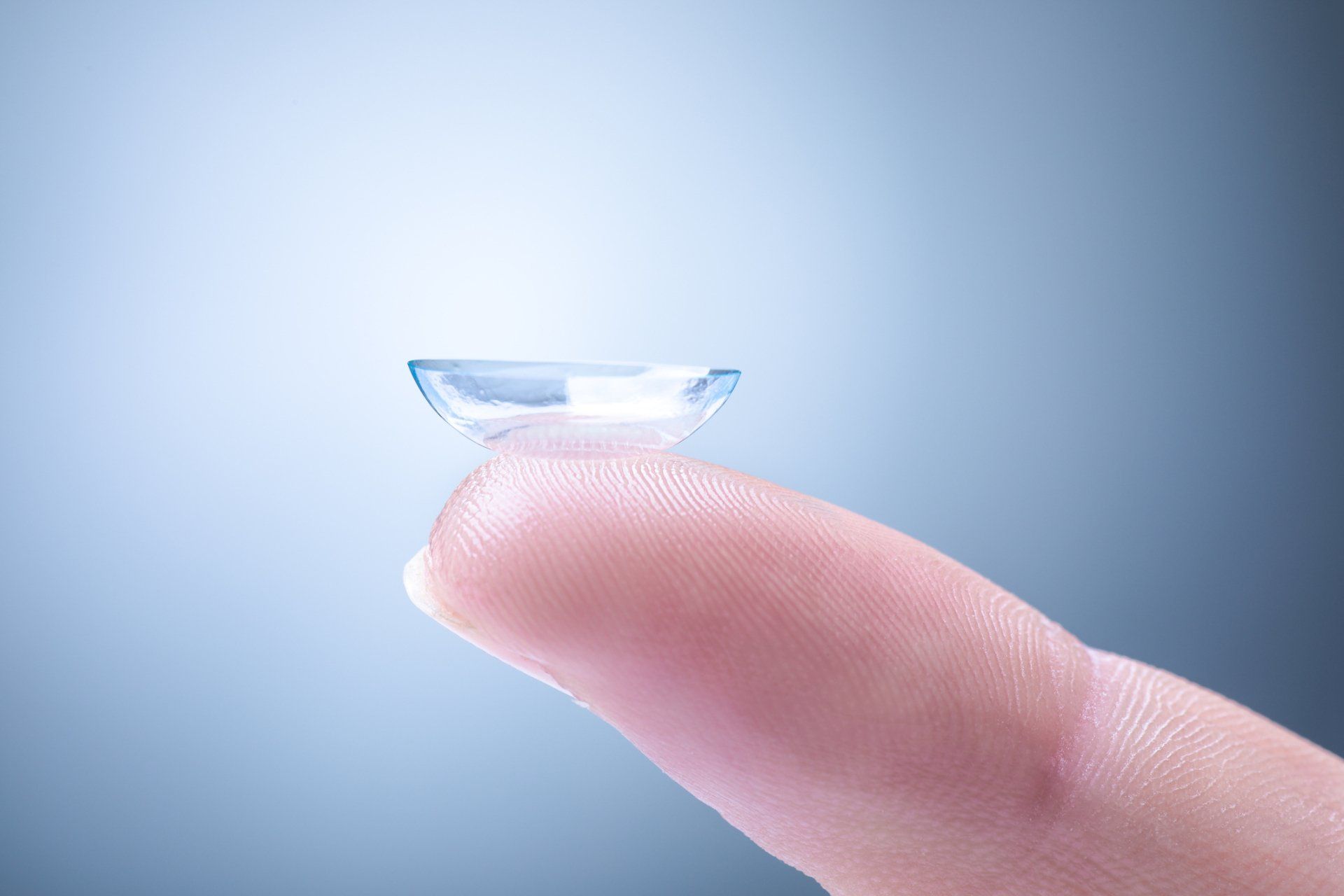
SOFT MULTIFOCAL CONTACT LENSES
Clinical studies have found strong benefits from wearing soft multifocal contact lenses in children with myopia. Several studies have found that, compared to children wearing eyeglasses, myopia progression can be reduced by 50-60% using soft multifocal contact lenses. Unlike CRT, these lenses are worn during the day.
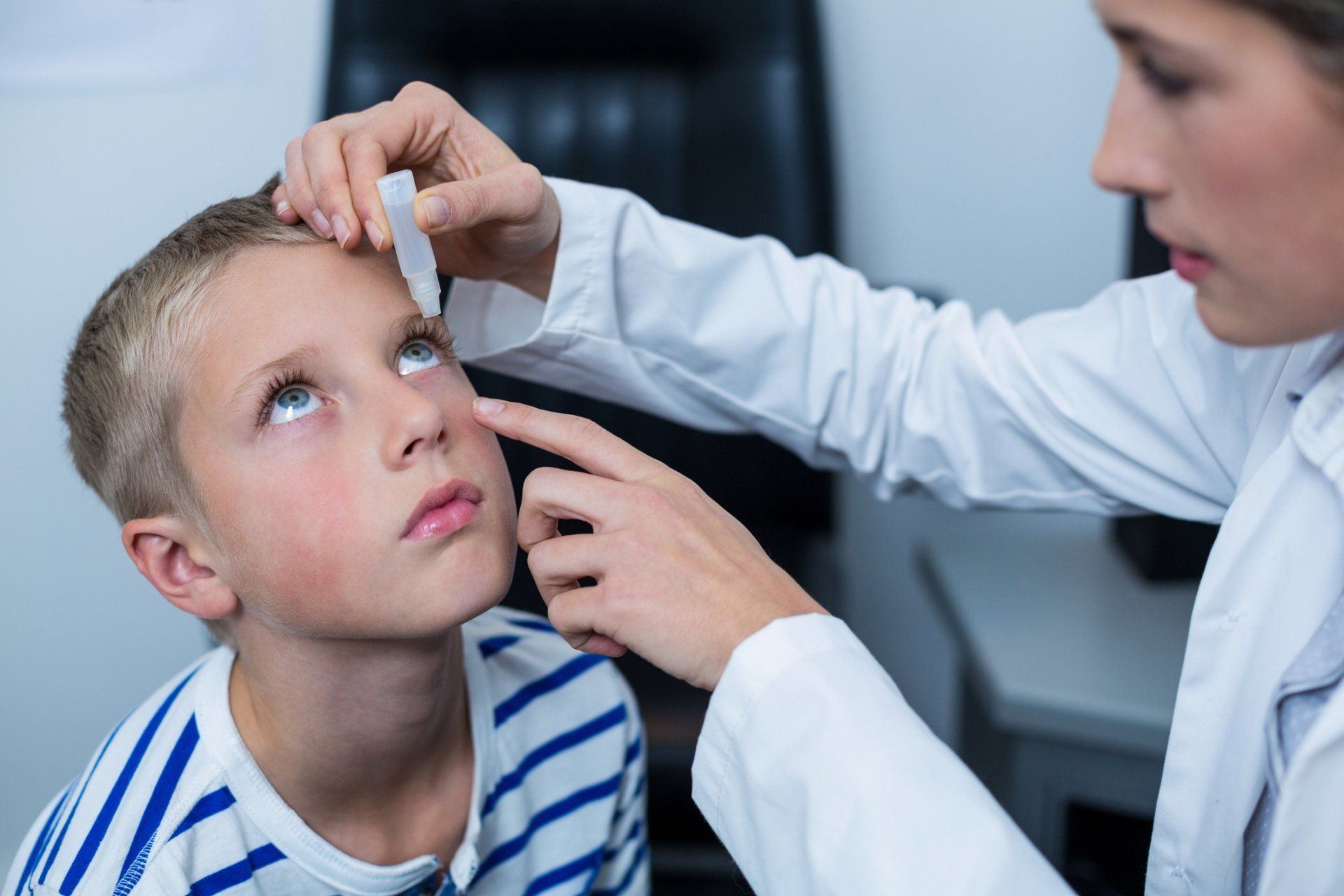
LOW DOSE ATROPINE EYE DROPS
Containing just 0.01% active ingredient (atropine), this low-dose solution is used for 1-to-2-year periods. It works by relaxing eye-focusing muscles, reducing eye strain, and dilating the pupil. Numerous studies performed over the past two decades suggest progression reduction by as much as 81% is possible. We have had strong success using atropine and will inform you more during the consultation regarding its uses, potential side effects, and what to expect.

Coming Soon!
Pivotal two-year clinical trial results demonstrate that Essilor Stellest™ lens slows down myopia progression by 67%. Based on this data The U.S. Food and Drug Administration (FDA) granted the Stellest Lens the Breakthrough Device designation. We hope to be able to use this tool in the near future!

We knew we had to slow the progression of Gabbi's myopia. In one night, Gabbi went from a -5.25 to 20/25 without glasses or contacts. We're thankful for Dr. Dittman and his work in the Myopia Matters Club.
Caitlyn W.
Button
